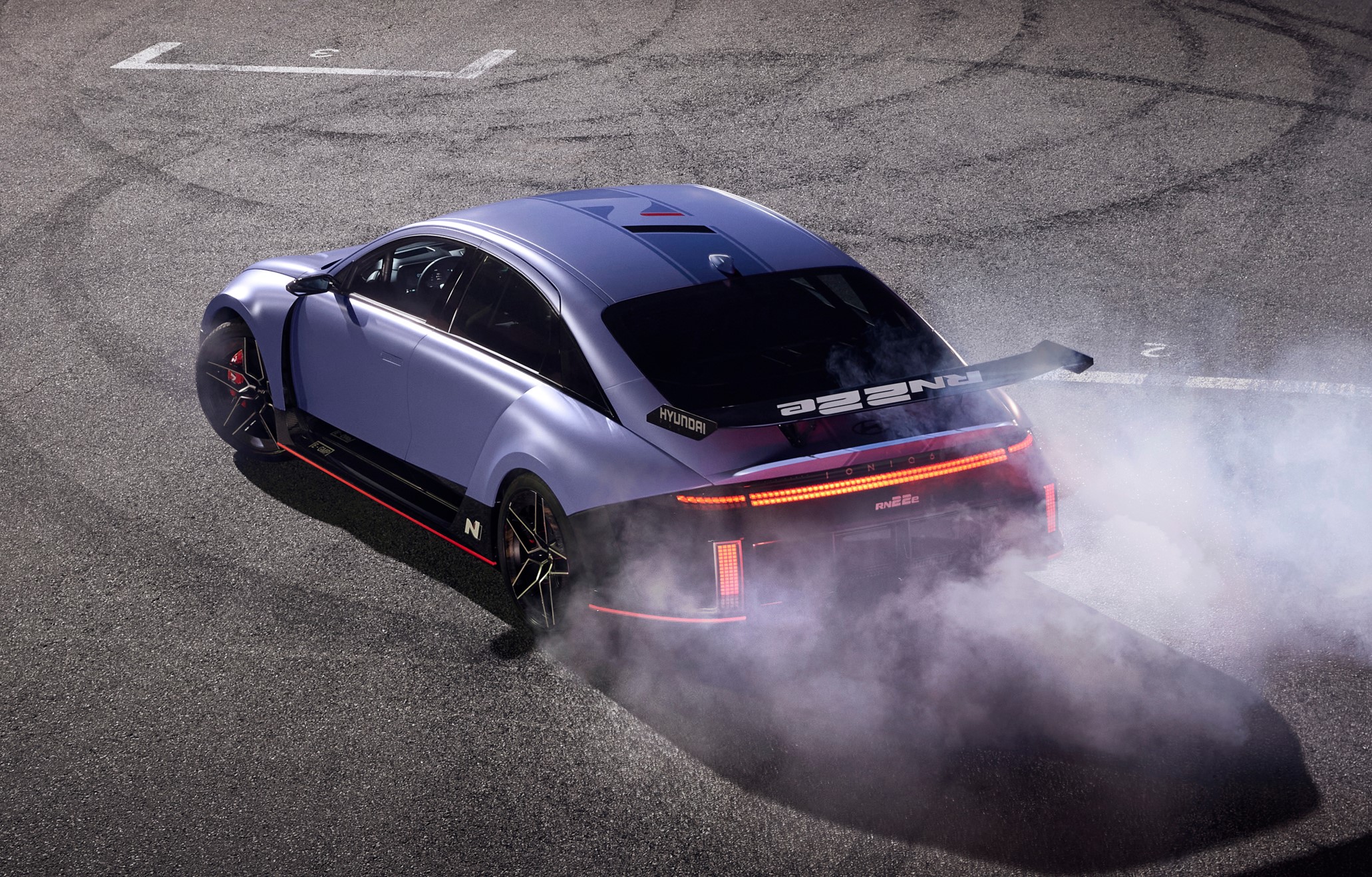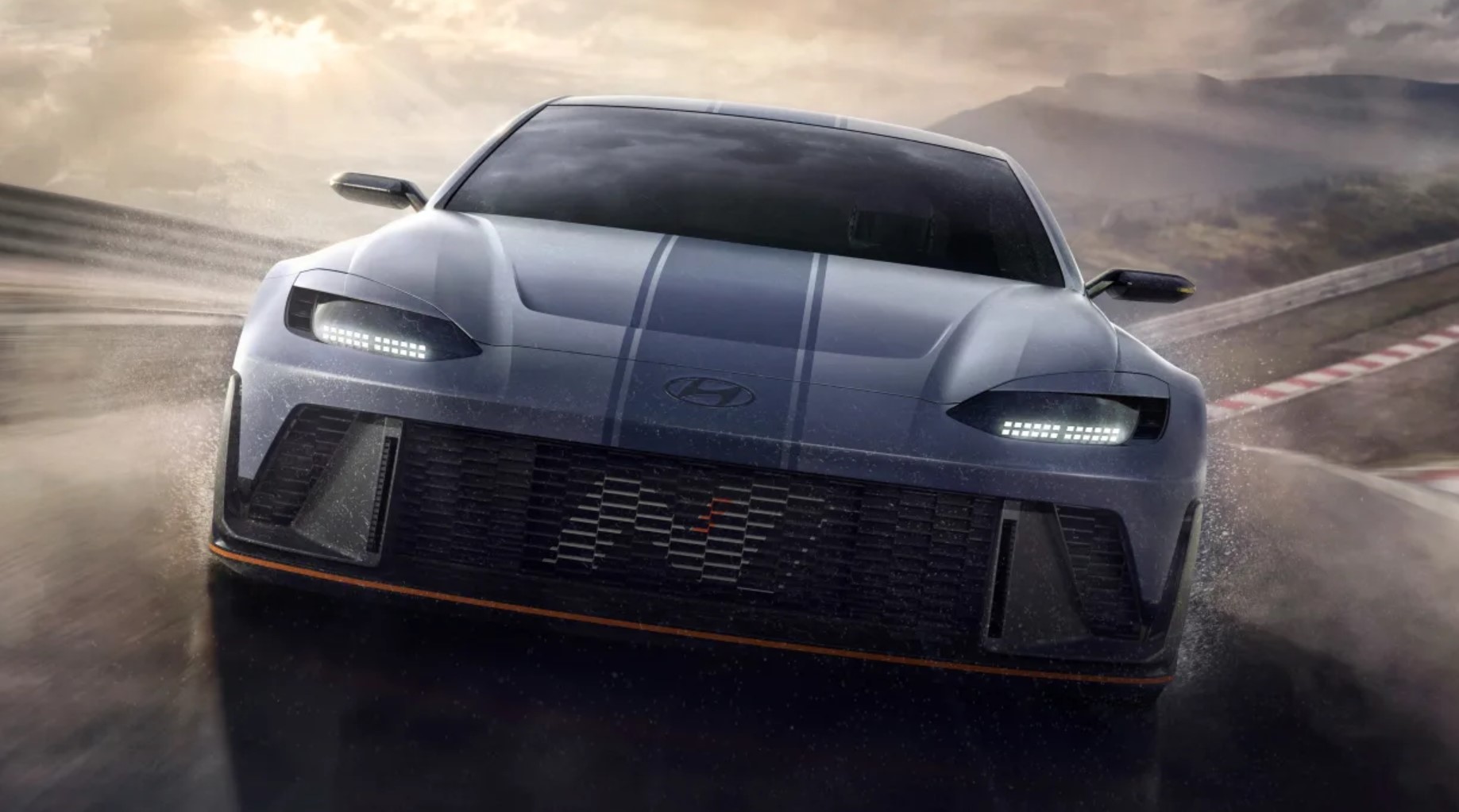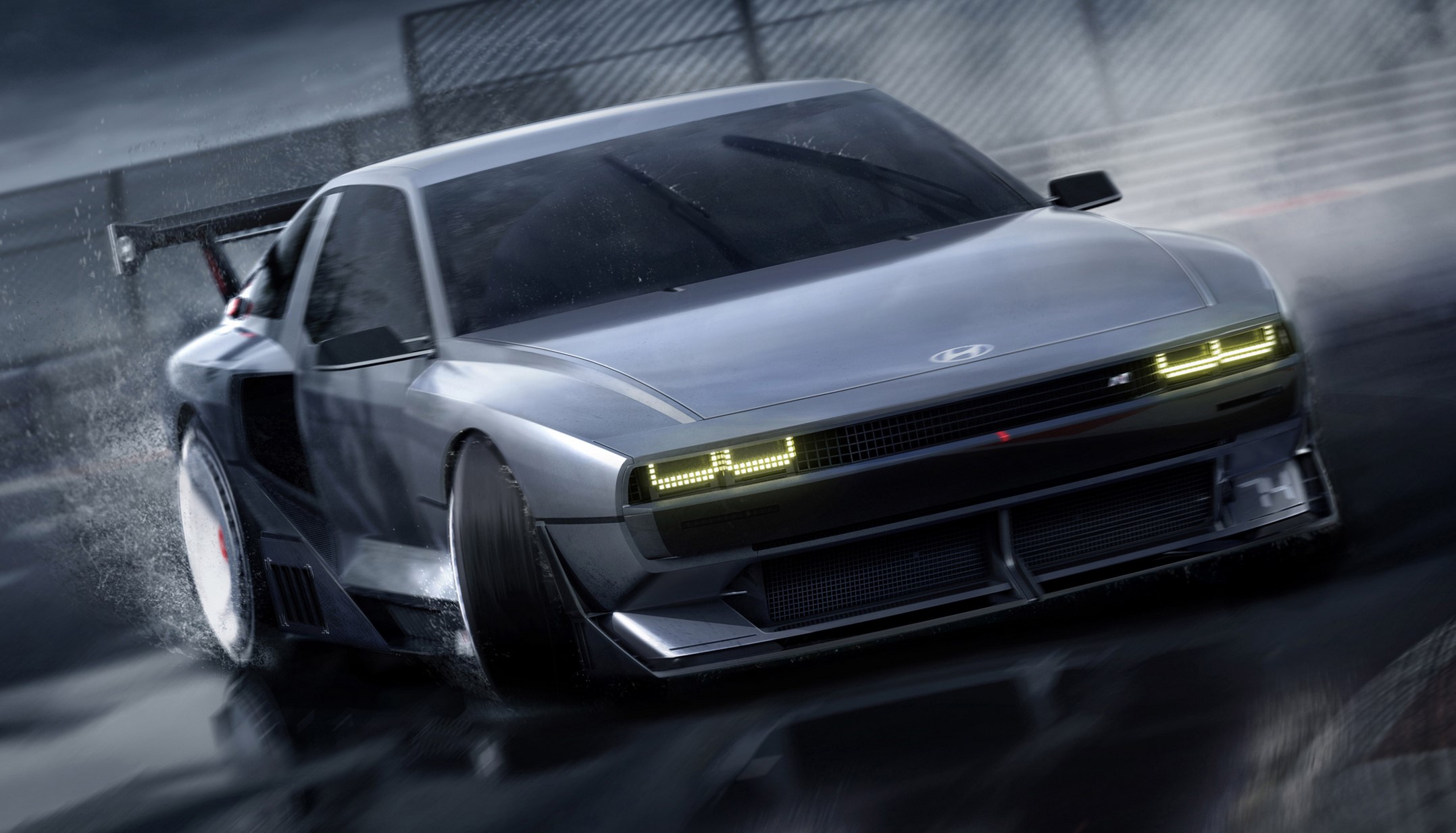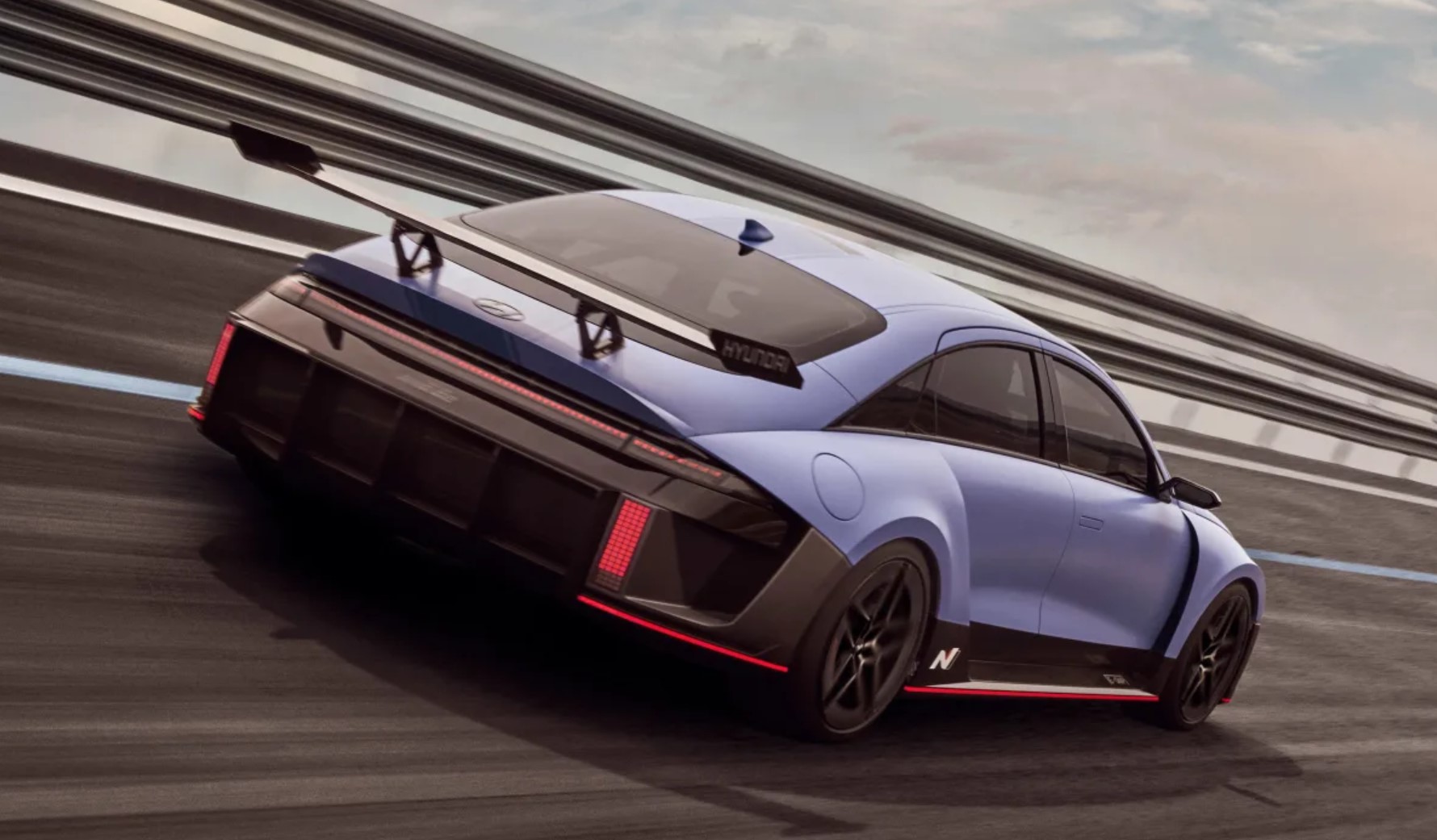Hyundai is now the defender of the hot hatch with its N models: can it continue its legacy with electric power?
In recent years, Hyundai has emerged from performance car no-man’s land to be the defender of the hot hatch with its N models.
The Hyundai i20 N is a breath of fresh air in a segment with a huge attrition rate, and while the Hyundai Kona N and Hyundai i30 N can be a little bit ‘brute force’ in the way they do things, they are nothing if not entertaining.
But can Hyundai transfer the magic to electric cars? It’s one thing stealing a bunch of the best people from BMW to let them do essentially what they do best: make smile-a-mile old-school performance cars. It’s another to break into the uncharted territory of the EV driver’s car.
After all, as AMG has been demonstrating with the AMG EQS and EQE 53, and BMW with the i4 M50, it’s easy to give an electric car shot-out-of-a-cannon performance, but to make them considerably more entertaining on a windy road is a lot harder, given the weight of the batteries and the absence of engine character.
Hyundai is starting from a good place, though. While the Hyundai Ioniq 5 is a lounge on wheels, its Kia EV6 sibling shows that the platform has the potential for outstanding dynamics and even some fun and games.
And what shouldn’t be ignored is that the camouflaged prototypes of the Ioniq 5 N that have been spotted testing look ace. If the regular Ioniq 5 already had shades of Lancia Delta, the N adds serious late-Integrale vibes with its bulging wheel arches.
Hyundai’s newly revealed ‘rolling laboratories’ are encouraging, too. The RN22e strongly suggests that an N model based on the lower-slung Ioniq 6 is in the works, while the N Vision 74 shows that Hyundai is exploring options beyond massive SUVs with massive batteries.
There are plenty of questions about the use of hydrogen in passenger cars but it’s good to keep options open.
Both cars also explore the use of true torque vectoring, where one driven wheel can be actively made to spin faster than the other, either through a clutch pack or through dual motors on one axle.
So far, we’ve seen it in the Honda NSX and the Audi E-tron S, but engineers have likely only started to scratch the surface of what such drivetrains can do. We’re keen to see if it can inject some true sense of fun into performance EVs.
Illya Verpraet







